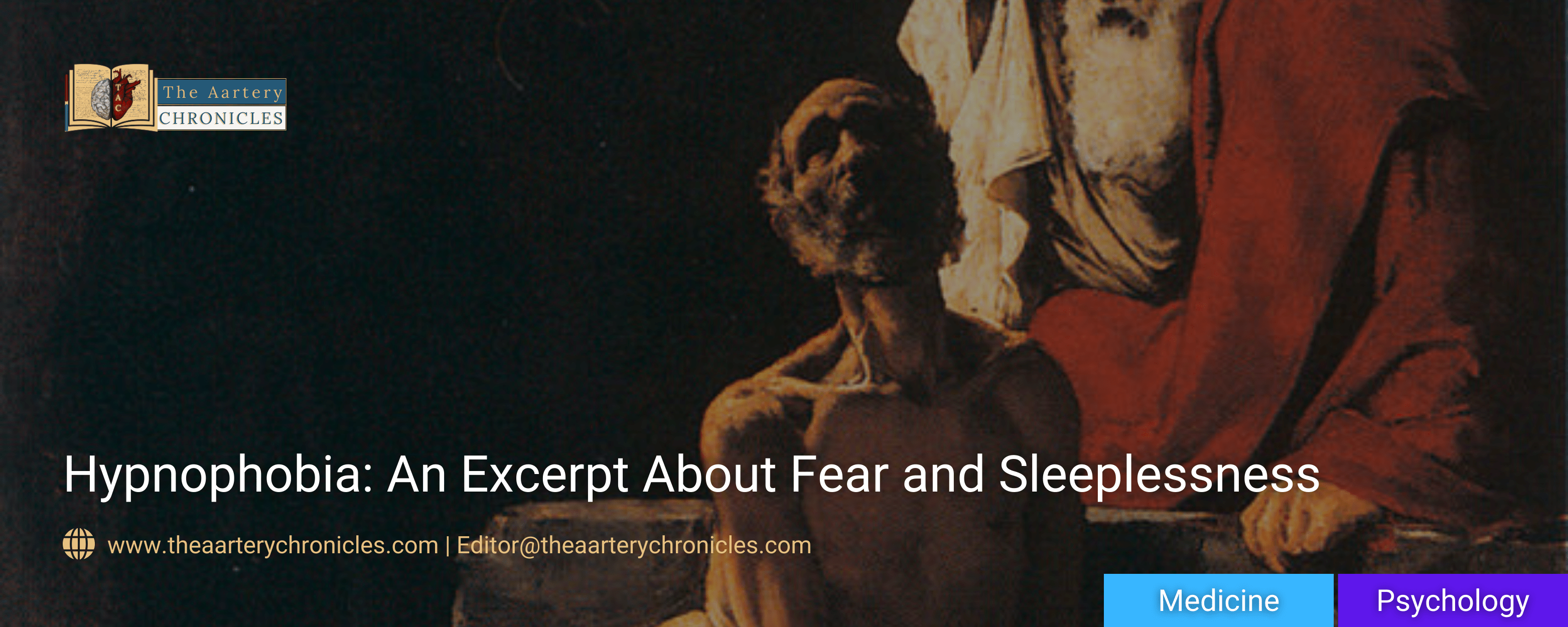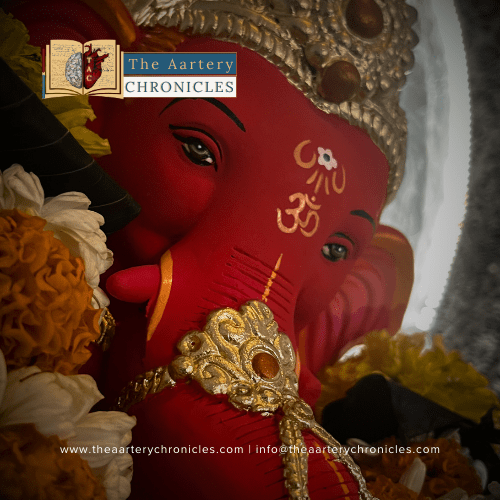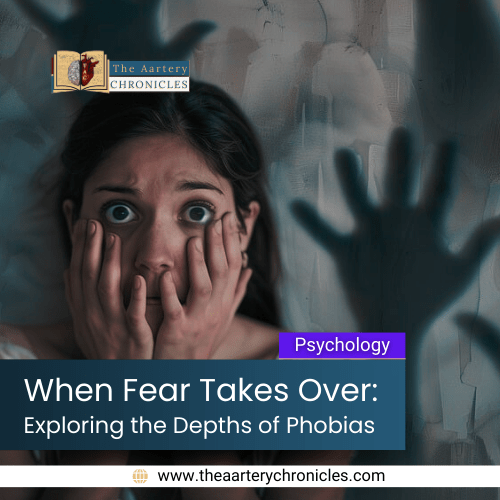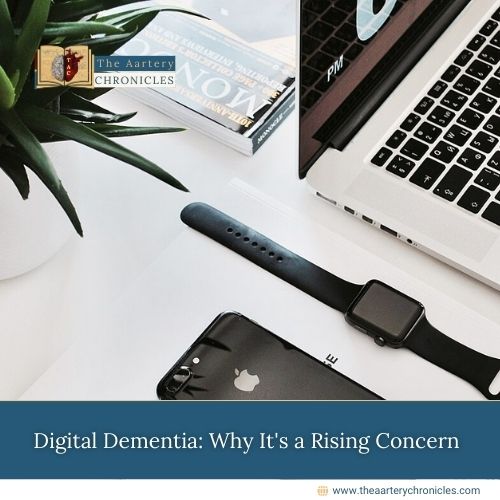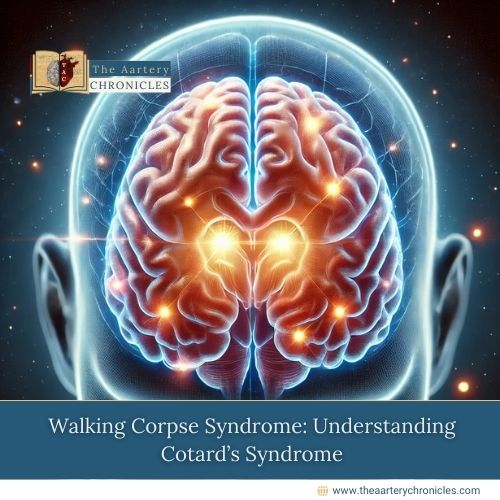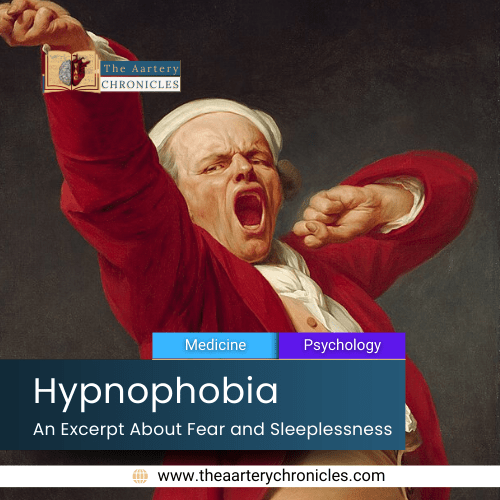
Hypnophobia: An Excerpt About Fear and Sleeplessness
Overview:
Hypnophobia is an intense and irrational fear of falling asleep. The cause of this phobia can stem from various factors, such as past or present traumatic experiences, nightmares, or an underlying fear of losing control. People with hypnophobia often worry that something bad might happen while they sleep, contributing to their anxiety and reluctance to go to bed.
Causes:
Several factors can contribute to the development of hypnophobia. Traumatic events, such as being assaulted while asleep or experiencing a severe nightmare, can trigger this fear. Additionally, hypnophobia can be linked to other Anxiety disorders or PTSD. The fear of not waking up or experiencing disturbing dreams can also fuel this phobia.
Symptoms & Impact:
Symptoms of hypnophobia include severe anxiety during bedtime, difficulty falling or staying asleep, and panic attacks. Physical manifestations may include sweating, trembling, and an increased heart rate when attempting to sleep. The persistent lack of sleep can lead to chronic fatigue, impaired cognitive function, and mood disturbances.
The impact of hypnophobia on daily life can be profound. Sleep deprivation can affect an individual’s physical health, cognitive abilities, and emotional stability. Chronic sleep loss can weaken the immune system, decrease productivity, and increase the risk of developing other mental health issues such as depression and generalized anxiety disorder. Over time the person might start getting irritated over minor issues. Hypnophobia can significantly affect relationships and can lead to conditions such as depression, anxiety, and substance use disorder, which overall leads to reduced quality of life.
Treatment & Management:
Treating hypnophobia typically involves a combination of therapies and, in some cases, medication. Cognitive-behavioural therapy (CBT) is often effective in helping individuals identify and challenge their fears related to sleep. Exposure therapy, where the patient is gradually exposed to the idea of sleep in a controlled and safe environment, can also be beneficial. Relaxation techniques, such as meditation and deep-breathing exercises, help reduce anxiety levels. In severe cases, medications such as anti-anxiety drugs or sleep aids might be prescribed to help manage symptoms.
Conclusion
Hypnophobia is a debilitating condition that can significantly disrupt an individual’s life. Understanding the causes, and symptoms is crucial for managing this fear. With appropriate therapeutic interventions, individuals with hypnophobia can work towards overcoming their fear of sleep and improving their overall quality of life.
Knowledge Hub: Click to Know more!
Anxiety disorder is a broad term encompassing a range of mental health conditions characterized by feelings of worry, fear, or unease that are often disproportionate to the actual threat or situation. These feelings can be persistent and overwhelming, significantly affecting a person's daily life and functioning.
Common types of anxiety disorders include:
- Generalized Anxiety Disorder (GAD): This involves excessive worry about a variety of everyday problems or activities, often without a specific trigger.
- Panic Disorder: Individuals with panic disorder experience recurrent panic attacks, which are sudden episodes of intense fear or discomfort accompanied by physical symptoms such as rapid heartbeat, sweating, trembling, and shortness of breath.
- Social Anxiety Disorder (Social Phobia): People with social anxiety disorder have an intense fear of social situations and being judged or criticized by others. This fear can lead to avoidance of social interactions and can significantly impair relationships and daily functioning.
- Specific Phobias: These involve intense fear or anxiety about specific objects or situations, such as heights, spiders, flying, or confined spaces. Avoidance behaviours are common in response to the feared object or situation.
- Obsessive-Compulsive Disorder (OCD): OCD is characterized by recurrent, unwanted thoughts (obsessions) and repetitive behaviours or mental acts (compulsions) aimed at reducing anxiety or preventing perceived harm. These behaviours can become time-consuming and interfere with daily activities.
- Post-Traumatic Stress Disorder (PTSD): PTSD can develop after exposure to a traumatic event such as a serious accident, natural disaster, or violent assault. Symptoms may include flashbacks, nightmares, severe anxiety, and emotional numbness.
Anxiety disorders can vary in severity and may co-occur with other mental health conditions such as depression or substance abuse. Treatment typically involves a combination of therapy (such as cognitive-behavioural therapy) and medication (such as antidepressants or anti-anxiety medications), tailored to the individual's specific needs.
Cognitive Behavioral Therapy (CBT) is a psychotherapy approach developed in the 1960s by Aaron Beck and Albert Ellis. It emphasizes the relationship between thoughts, feelings, and behaviours, and aims to help individuals identify and challenge negative patterns of thinking and behaviour that contribute to emotional distress.
CBT is widely used to treat various mental health conditions, including depression, anxiety disorders (such as generalized anxiety disorder, panic disorder, and social anxiety disorder), phobias, post-traumatic stress disorder (PTSD), obsessive-compulsive disorder (OCD), and insomnia.
Some key benefits of CBT include its structured and goal-oriented nature, its focus on teaching practical skills that can be applied in everyday life, and its evidence-based effectiveness, supported by numerous clinical trials and research studies. CBT is often a short-term treatment compared to other forms of therapy, and it empowers individuals to develop coping strategies and achieve long-lasting improvements in their mental health and well-being.
Exposure therapy is a type of cognitive-behavioral therapy (CBT) technique used to treat anxiety disorders, phobias, PTSD, and other conditions characterized by excessive fear or avoidance behavior. It involves gradually exposing individuals to the feared object, situation, or memory in a controlled and safe manner, allowing them to confront their fears and learn that they are manageable. Exposure therapy originated in the 1950s and has since been refined and widely utilized in clinical practice.
Key uses of exposure therapy include treating specific phobias, social anxiety disorder, panic disorder, PTSD, and OCD. Benefits of exposure therapy include helping individuals overcome avoidance behaviors, reducing anxiety and fear responses, and promoting long-term symptom relief. It's highly effective, with research showing significant improvements in symptoms for many individuals who undergo this therapy.
"Sleep, those little slices of death — how I loathe them."
Edgar Allan Poe


